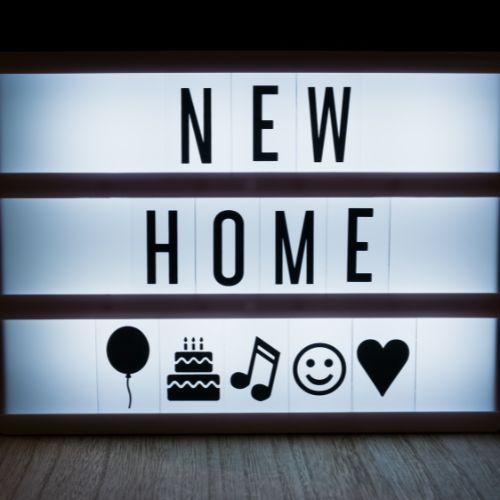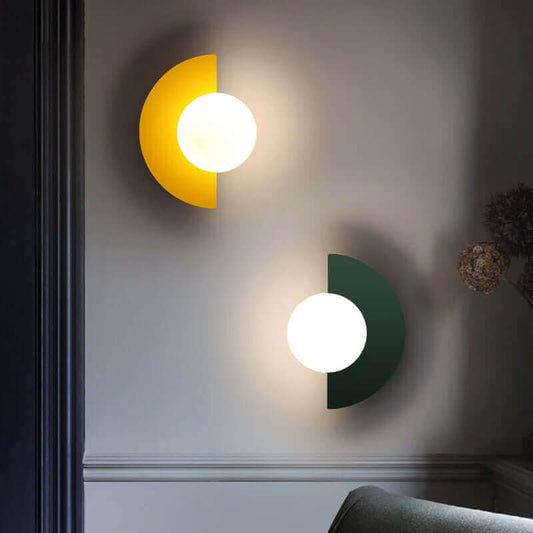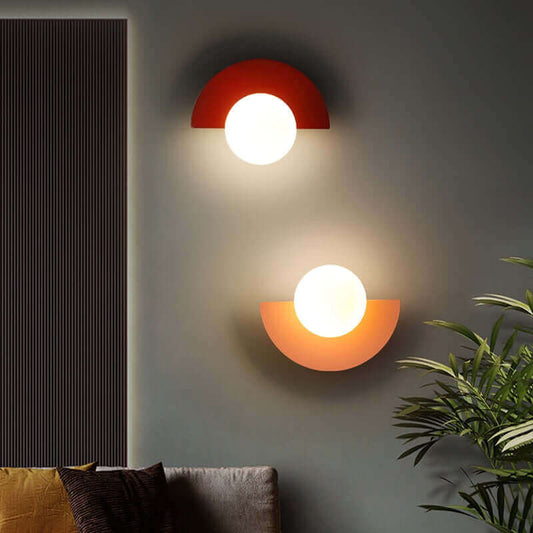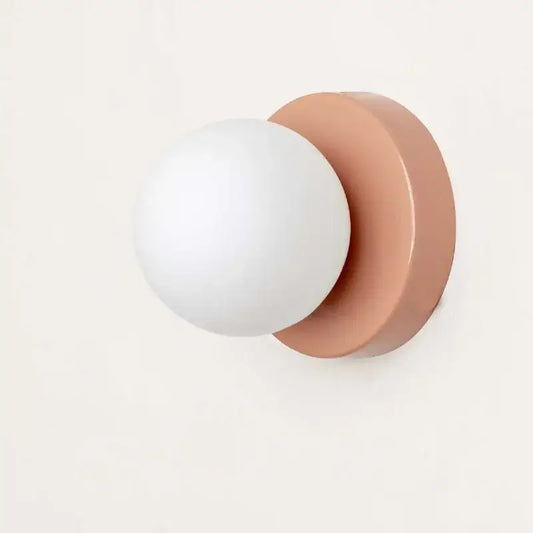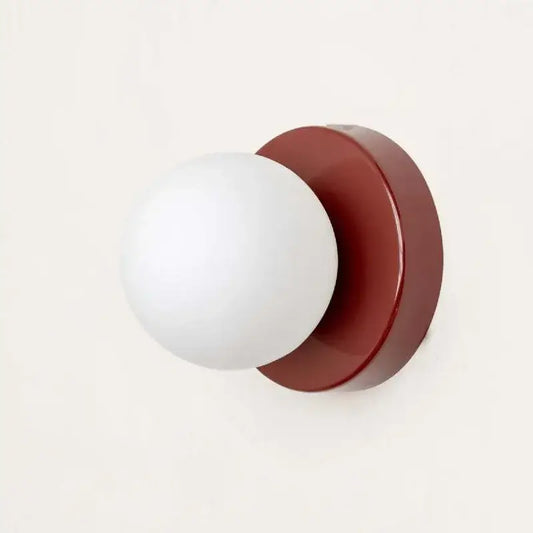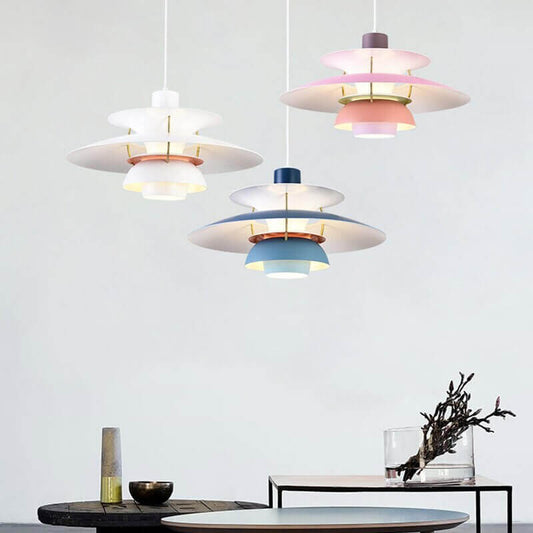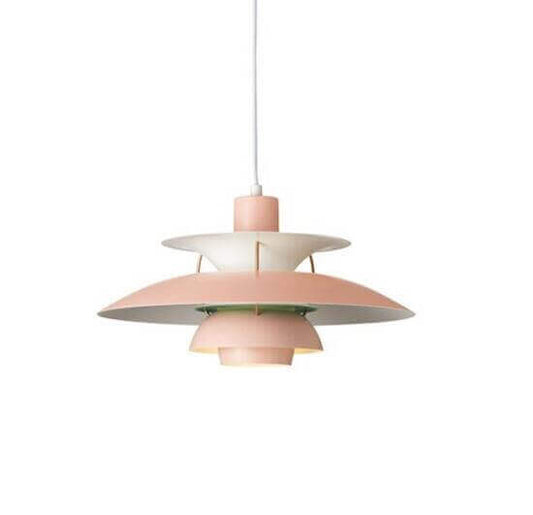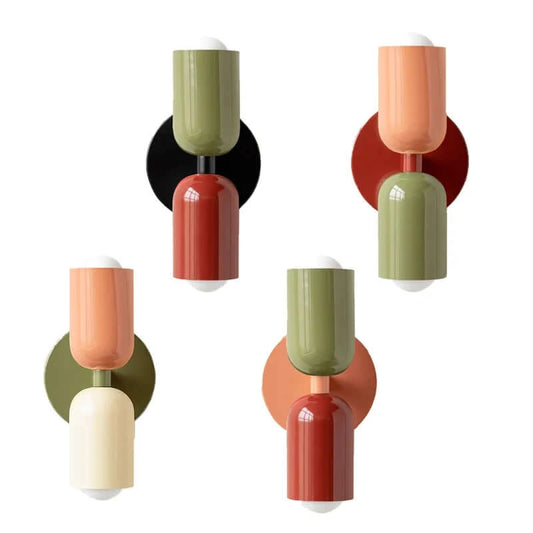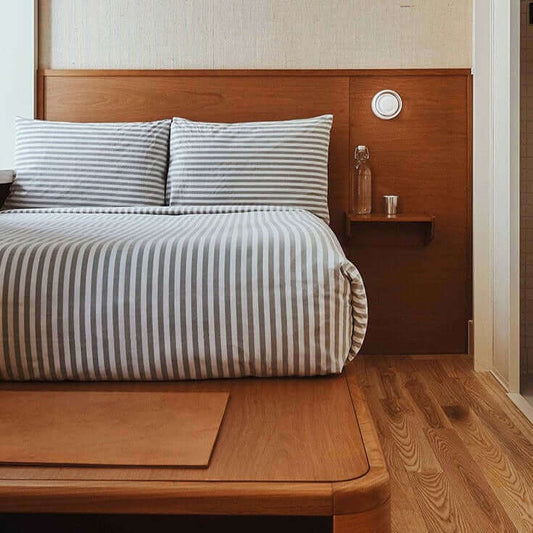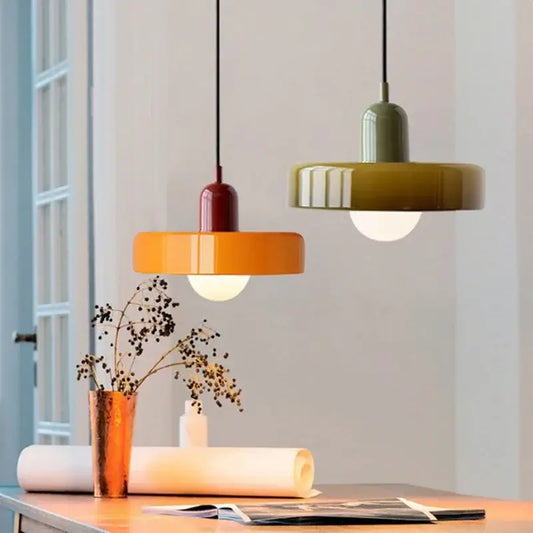Renovating a home is a thrilling journey filled with possibilities, and central to that experience is the lighting plan. A well-thought-out lighting scheme can drastically enhance the aesthetics and functionality of your living spaces. In this guide, we will explore the essential elements of creating a lighting plan that not only captures your interior design vision but also elevates the ambiance of every room. From floor lamps to ceiling light fixtures, let's illuminate your renovation process!
Understanding the Importance of Lighting in Interior Design
Lighting is one of the most critical components of interior design, influencing how colors are perceived and enhancing the mood of your home. A strategic lighting plan can:
- Enhance Aesthetics: Good lighting brings out the best in your furnishings and decor.
- Improve Functionality: Proper lighting facilitates activities, from cooking to reading.
- Set the Mood: The right light can create a welcoming atmosphere, whether it’s cozy or vibrant.
Before diving into your home renovation, grasping these facets will prepare you to harness lighting effectively within your design. Let’s dive deeper into how to devise the perfect lighting strategy!
Assessing Your Space: Mapping Out the Lighting Plan
Room-by-Room Analysis
Begin by assessing each room and its specific needs. Consider the layout, existing windows, and architectural features that may affect light. Here’s a helpful approach:
- Living Room: Often the heart of the home, this space benefits from layered lighting, which might include table lamps, floor lamps, and ceiling light fixtures.
- Kitchen: Focus on task lighting with bright overhead fixtures and under-cabinet lighting to facilitate food preparation.
- Bedroom: Soft lighting is crucial for creating a serene environment. Think of incorporating wall light fixtures for reading and adjustable table lamps.
- Bathroom: Good lighting is critical for skincare and grooming, so consider bright vanity lights paired with soft ceiling illumination.
- Hallways and Staircases: Illuminate these spaces with ceiling light fixtures and accent lighting to enhance safety and visibility.
Identifying Zones and Purposes
Every room serves different purposes, so identify zones where distinct lighting is necessary. For example, in the living room, create a reading nook with a stylish floor lamp while keeping the area around the entertainment center well-lit with brighter options. Think about how each zone interacts with your overall design and functionality.
Choosing Your Lighting Types
There are three basic types of lighting to incorporate into your plan:
- Ambient Lighting: This is your primary overhead lighting. It illuminates the entire space and can include ceiling light fixtures.
- Task Lighting: These lights help with specific tasks, like reading or cooking. Table lamps and under-cabinet lighting are excellent examples.
- Accent Lighting: Used to highlight certain features, this lighting adds a visual focal point. Wall light fixtures can frame artwork or highlight architectural details.
By balancing these three layers, you can create a versatile lighting scheme that serves both functionality and style.
Selecting Fixtures: A Design Perspective
Embracing Style to Define Your Aesthetic
Your choice of fixtures plays a pivotal role in the overall theme of your home. Whether you lean toward modern, traditional, or eclectic styles, consider the following:
- Ceiling Fixtures: From chandeliers to flush mounts, these should harmonize with your room’s aesthetic.
- Wall Light Fixtures: A great conversation starter, use them to introduce texture and pattern.
- Table and Floor Lamps: These add personality and can be easily swapped out or moved to refresh a space.
Matching the fixtures' metals, colors, and shapes can create a cohesive look. Contrast is also an option; however, be mindful of balance. A well-matched lighting scheme can become a focal point in your interior design.
Sizing Your Fixtures Right
Scale is another vital aspect to consider when selecting lighting. Too large or too small can throw off the room’s proportions. Aim for harmony between the size of your fixtures and the corresponding room. For instance:
- In large spaces, one bold fixture can anchor the room.
- For smaller rooms, choose fixtures that are proportional to the space but still impactful.
The Technical Side: Understanding Lighting Measurements
Here’s where lighting design merges with technicality. Familiarize yourself with these factors:
- Wattage: Different bulbs offer varying brightness levels; be sure to measure this against your space needs.
- Color Temperature: This refers to how ‘warm’ or ‘cool’ a light appears, measured in Kelvins. Warmer lights (2700K–3000K) create coziness, while cooler lights (4000K+) promote activity and alertness.
- Light Output: Measured in lumens, this defines the light’s brightness. Use a lumens calculator to determine how much light is necessary for each room.
Lighting Control Strategies: Enhancing Flexibility
Consider how you can control light in your home. Dimmers, smart bulbs, and layered lighting all offer flexibility in managing ambiance. Here are some options to explore:
- Dimmers: These allow you to adjust brightness according to your needs or time of day.
- Smart Lighting: Integrate smart bulbs that can be controlled via phone or voice, giving you the chance to change your lighting instantly.
- Layering: Combining various light types lets you cater the environment for different situations.
Executing the Plan: Installation and Finishing Touches
With a comprehensive lighting plan in hand, the next step is executing it. Here are some tips to consider:
- Professional Installation: For wired fixtures, hiring an electrician ensures safety and proper placement.
- Placement Matters: Position each fixture to achieve your desired effect—height and directness are key.
- Finishing Touches: Once installed, add decorative lamps or accent pieces to bring a personal touch.
Don’t hesitate to adjust as necessary. Lighting can be completely a matter of personal preference and can reflect your evolving style over time!
Final Thoughts: Light Up Your Home with Confidence!
Crafting a lighting plan is an essential part of your home renovation journey that should not be rushed. Each step—from understanding the significance of lighting to selecting the perfect fixtures and executing your plan—plays a crucial role in defining your space. With careful consideration and a bit of creativity, you'll create an inviting atmosphere that complements your interior design vision.
Now it’s time to bring your innovative lighting concepts to life! Don’t hesitate to experiment and find what resonates with your style, and every corner of your renovated home will shine brightly.
